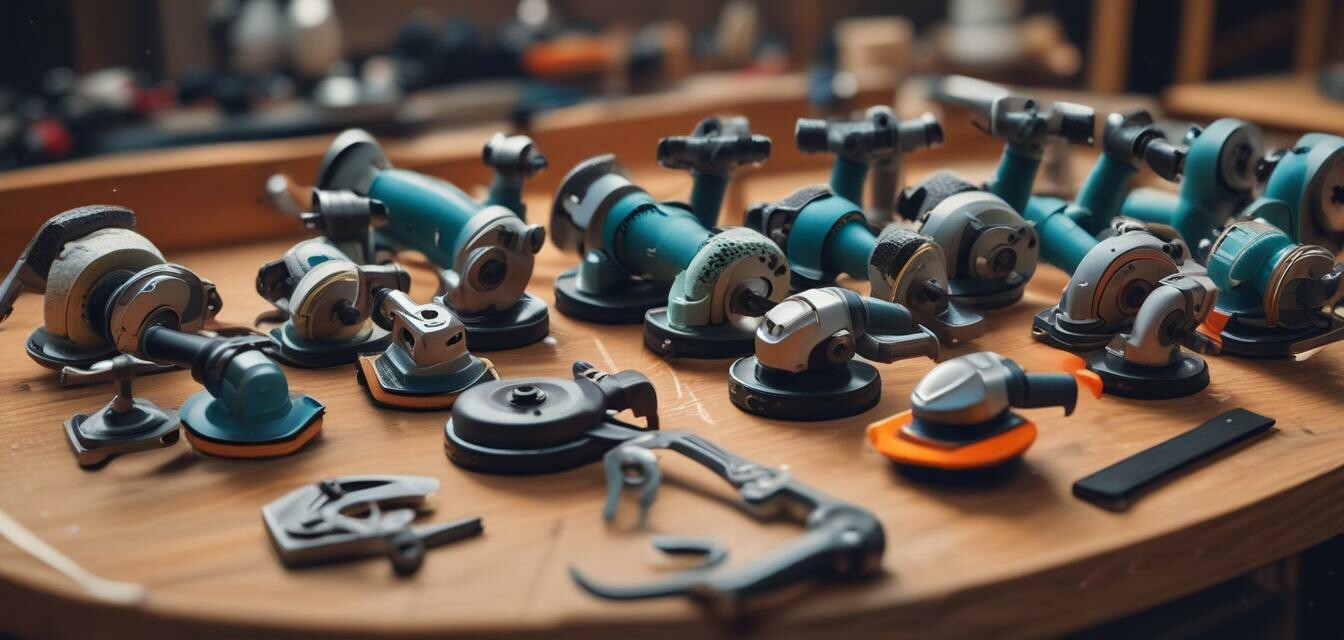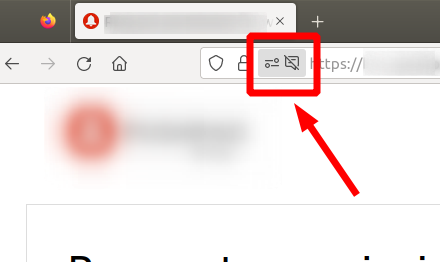
How to Choose the Right Angle Grinder for Your Needs
Key Takeaways
- Understand the different types of angle grinders available.
- Assess the power source that suits your work environment.
- Consider essential features such as size, weight, and safety features.
- Look for additional compatibility with accessories and attachments.
Choosing the right angle grinder is essential for getting the job done effectively and efficiently. Whether you are a contractor or a DIY enthusiast, understanding the different types of angle grinders, their features, and how they can impact your work is crucial. In this guide, we will explore the various factors you should consider when selecting an angle grinder.
Types of Angle Grinders
Angle grinders come in various types to cater to different needs and applications. Here are the most common types:
- Standard Angle Grinders: Suitable for general use, ideal for sanding, grinding, and cutting metals.
- Cordless Angle Grinders: Great for mobility and ease of use in hard-to-reach locations, allowing for a wire-free experience.
- Mini Angle Grinders: Compact and perfect for precision work, often used for smaller tasks.
Understanding Power Sources
The power source of an angle grinder significantly affects its performance. The main options are:
| Power Source | Pros | Cons |
|---|---|---|
| Electric (Corded) | - Consistent power supply - Generally more powerful |
- Limited mobility due to cords |
| Battery Powered (Cordless) | - Greater mobility - Easier to maneuver |
- Limited runtime and power compared to corded |
Key Features to Consider
When selecting an angle grinder, certain features can enhance your experience and safety:
Size and Weight
The size and weight of the angle grinder can affect how easily you can handle it. Smaller, lighter models are ideal for overhead work or extended periods of use.
Safety Features
Look for angle grinders with the following safety features:
- Protection against kickback
- Anti-vibration handles for comfort
- Guard position to shield from debris
Compatibility with Attachments
Check if the angle grinder is compatible with various grinding, cutting, and polishing accessories. This versatility can expand the range of tasks you can perform.
Recommendation of Top Angle Grinders
To give you a clearer idea of what's available, here are some of the top angle grinders you might want to consider:
CRAFTSMAN Small Angle Grinder
This 4-1/2 inch angle grinder provides 8,500 RPM for aggressive applications, ideal for tackling tough jobs.
Learn MoreMilwaukee 2880-20 M18 FUEL Brushless Grinder
Experience electronic clutch for kickback protection and overload protection to maximize motor life.
Learn MoreFinal Thoughts
Choosing the right angle grinder requires understanding the various options available and how they fit into your specific needs. Consider factors such as power source, size, safety features, and compatibility with accessories to ensure you select the best tool for your tasks.
Explore More Resources
For further insights on power tools, check out our resources on power tool accessories, angle grinders, and portable saws. Understanding these tools will help you make informed decisions in your projects!
Pros
- Versatile usage for various projects
- Wide range of models available
- Portable options enhance mobility
Cons
- Some models may feel heavy during prolonged use
- Corded options can limit workspace mobility
Other Relevant Guides
Don’t forget to visit our blogs about buying guides, latest trends, and DIY projects to stay updated on portable power tools!



